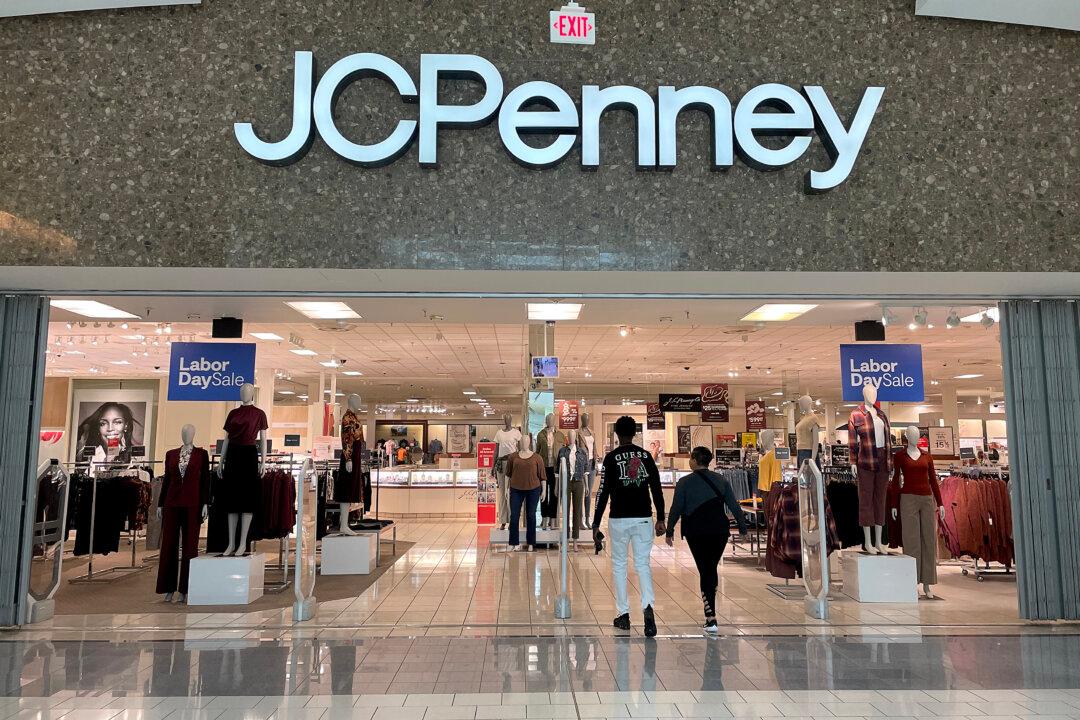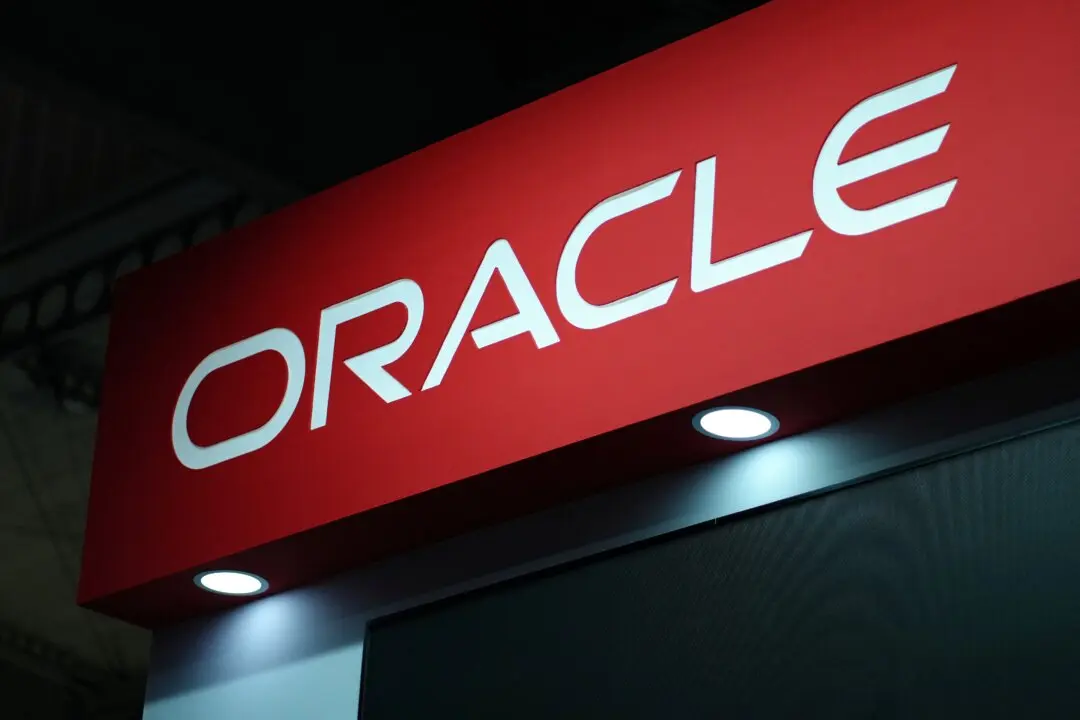Business Analysis
JCPenney and SPARC Group are merging into a new organization in a bet to revive more than a dozen iconic brands and more than 1,000 store locations. Experts are optimistic about the deal, provided the new organization’s leadership overcomes several execution challenges.





